Post Race Recovery
A Mudman Pro Tip from Kevin “Mudman” LaPlatney
No doubt you have all read some of these viral news articles on the extreme and terrible dangers of this scary sport called Obstacle Racing- everything from nasty skin infections to the possibility of death (you do sign a waiver after all). But the truth is that while injuries do occur, the vast majority of them are minor. Most can even be treated and dealt with on your own, and likely not miss too much training time or races. As an OCR athlete closing in on 100 career races, and by profession being a Certified Athletic Trainer for the last 16 years, I have had the circumstance to treat (too many!) injuries on myself and my patients, but can offer some basic care and ideas on how to not be on the shelf too long for these more common and less severe cases. Of course- and this also where I am going to sound like a pharmaceutical commercial- I still am obligated to tell you to seek advice from your physician on any injury or ailment you may be overly concerned about, so don’t be hero if it might mean risking further damage to your health (or your race season). So, without any further adieu, let’s get into the topic of our soft tissue aches and pains, and see what we can do about them…
MUSCLE SORENESS, STRAINS, AND TENDINITIS

Probably the type of injury that has affected every single OCR athlete in history. There is virtually no way anyone has come out of a race completely unscathed after miles of running and obstacle torture. And it makes sense that the degree of that beatdown usually increases over further distances and higher number of obstacles to attempt- all potential sources to pull, bruise, cramp, and in some way irritate your muscles and tendons. If these boo-boos are nearly inevitable anyway, the best approach is really knowing the best ways to handle them the following week as we limp around the office or try to get back to the gym.
My first move after getting my muddy shoes and socks off at the race is always to throw on a pair of compression socks for recovery, which I’ll keep on for at least an hour and maybe for the whole ride home. Not only does it feel comfortable, but this will help to alleviate a lot of the naturally swelling and stiffness that occurs in my feet, ankles, and calves, even if no specific injury occurred (though I have had some ankle problems before, and cramping in the longer races has it me too sometimes).
Step two, after I’m back home or at the hotel, is to use a foam roller that I’ll usually bring along with me. It’s like a poor man’s massage, even though it might not feel quite as lovely when you’re bruised or cut up. Either way, a short session of that deep tissue work and some mobility focus will loosen up your legs and back after being stuck in the car for a while. The same goes for for using a lacrosse ball for your foot’s arch, or any other hard to reach sore spots.

The last part of treatment will test your mettle a little more, but might be the most effective in helping muscle recovery. It’s called contrast therapy, and involves a sequence of varying hot and cold to help get fresh blood to reach those beat up muscles and flush out the waste byproducts of exercise that cause lasting soreness. It can be done simply by alternating tolerable temperature range back and forth in the shower, or if a warm bath and then cold rinse are both available (think that steaming Jacuzzi next to your chilly backyard pond or swimming pool), that will do the trick. Not only will it help recover your achy tissues, but I like how the chill can also wake you up and leave you revitalized after.
One final piece of muscle recovery advice I can offer, really applies to both after your races but is best for every day practice. Proper nutrition and hydration is logically as much good preparation for competition as it is for followup recovery. Without getting too much into the individual food science or water intake recommendations, I assure you that if you are consistently on your game here, these small muscle complaints should be less likely to visit, and you’ll surely perform better on and off the course.
– MudMan


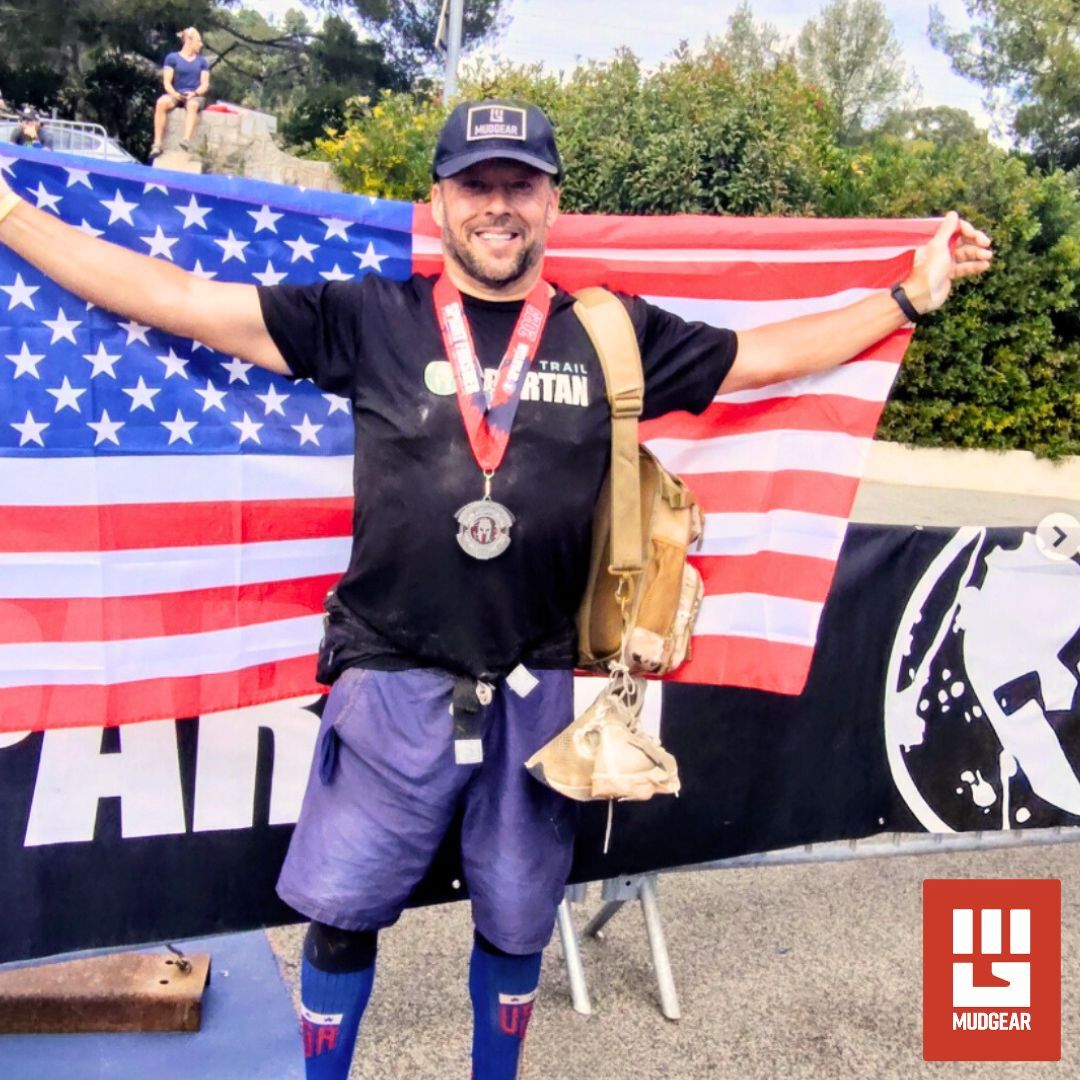
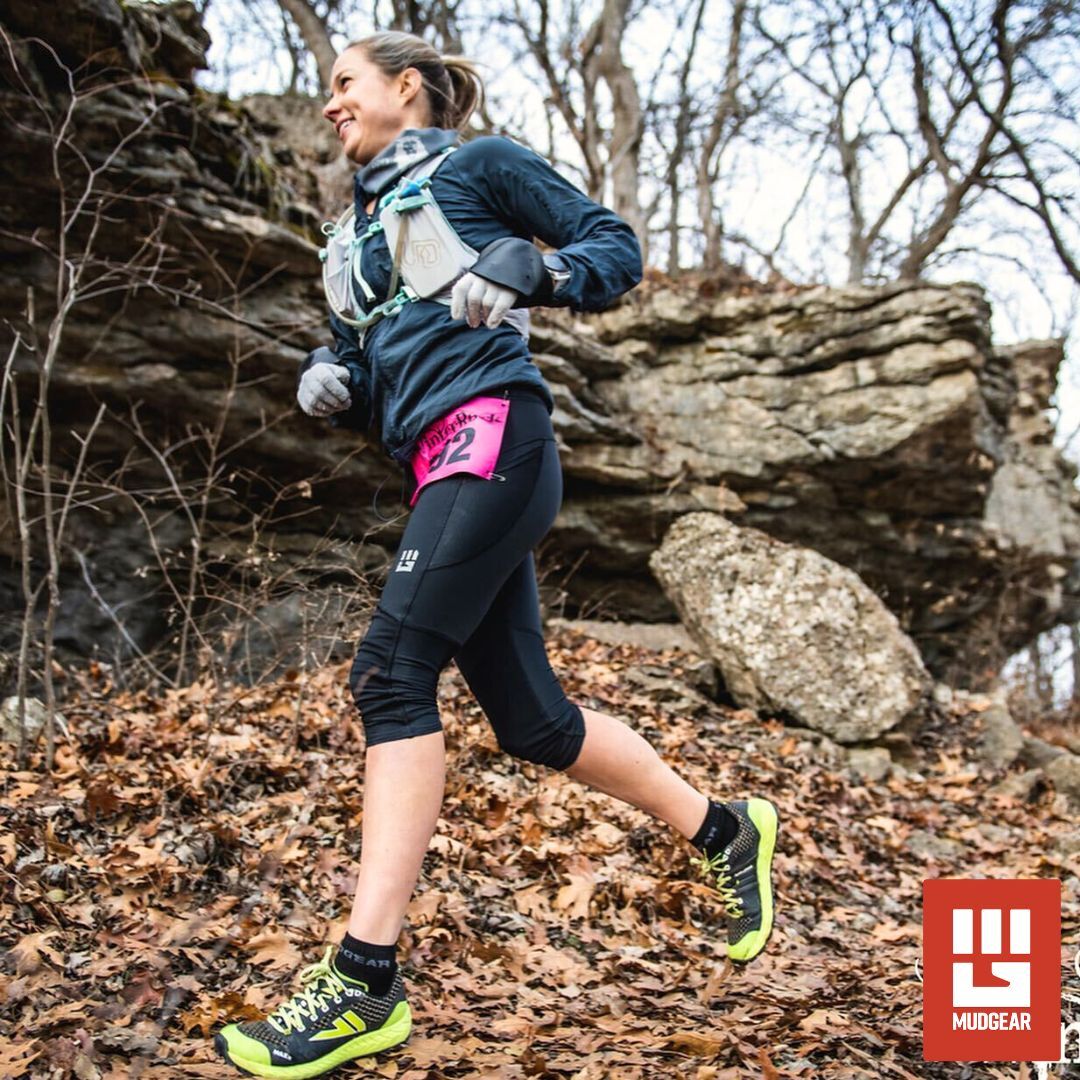
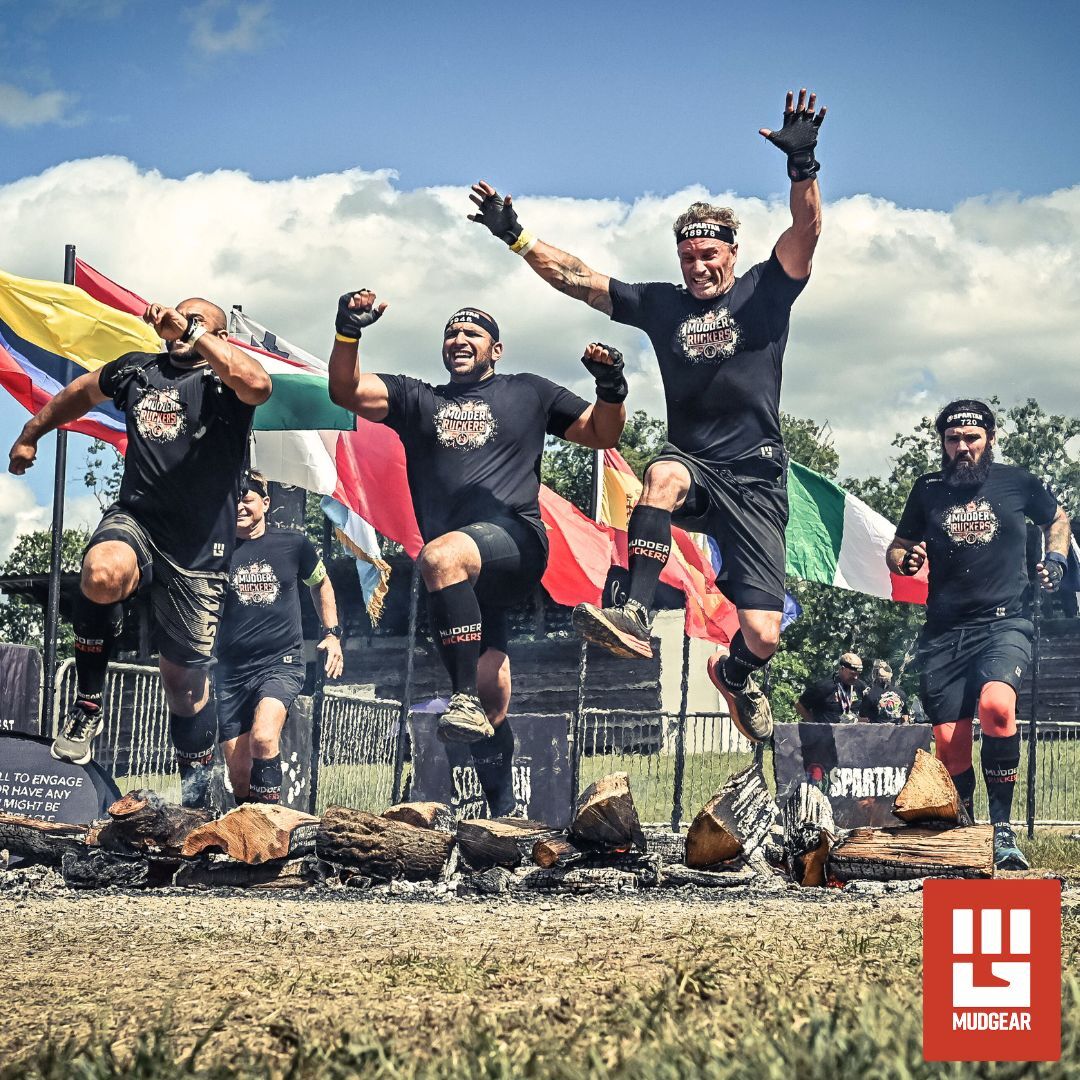
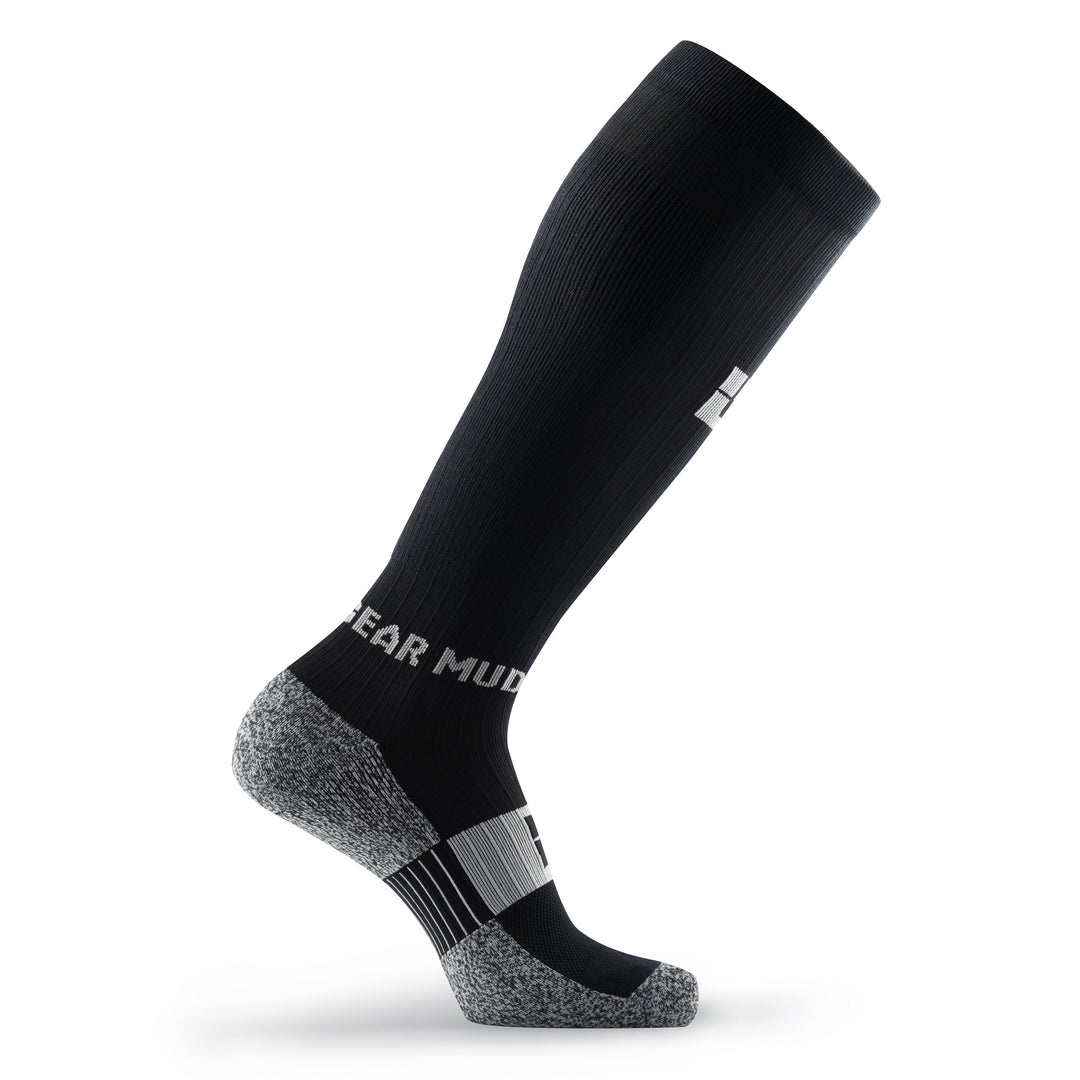
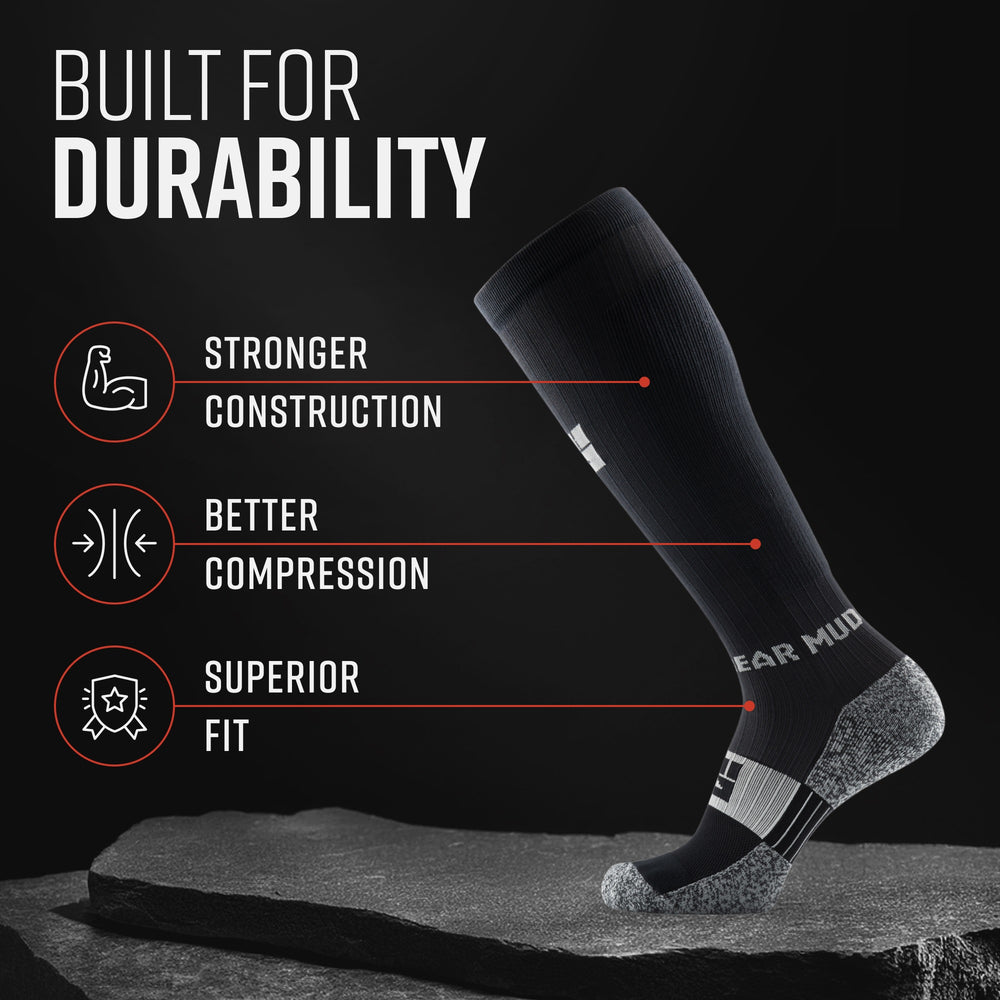
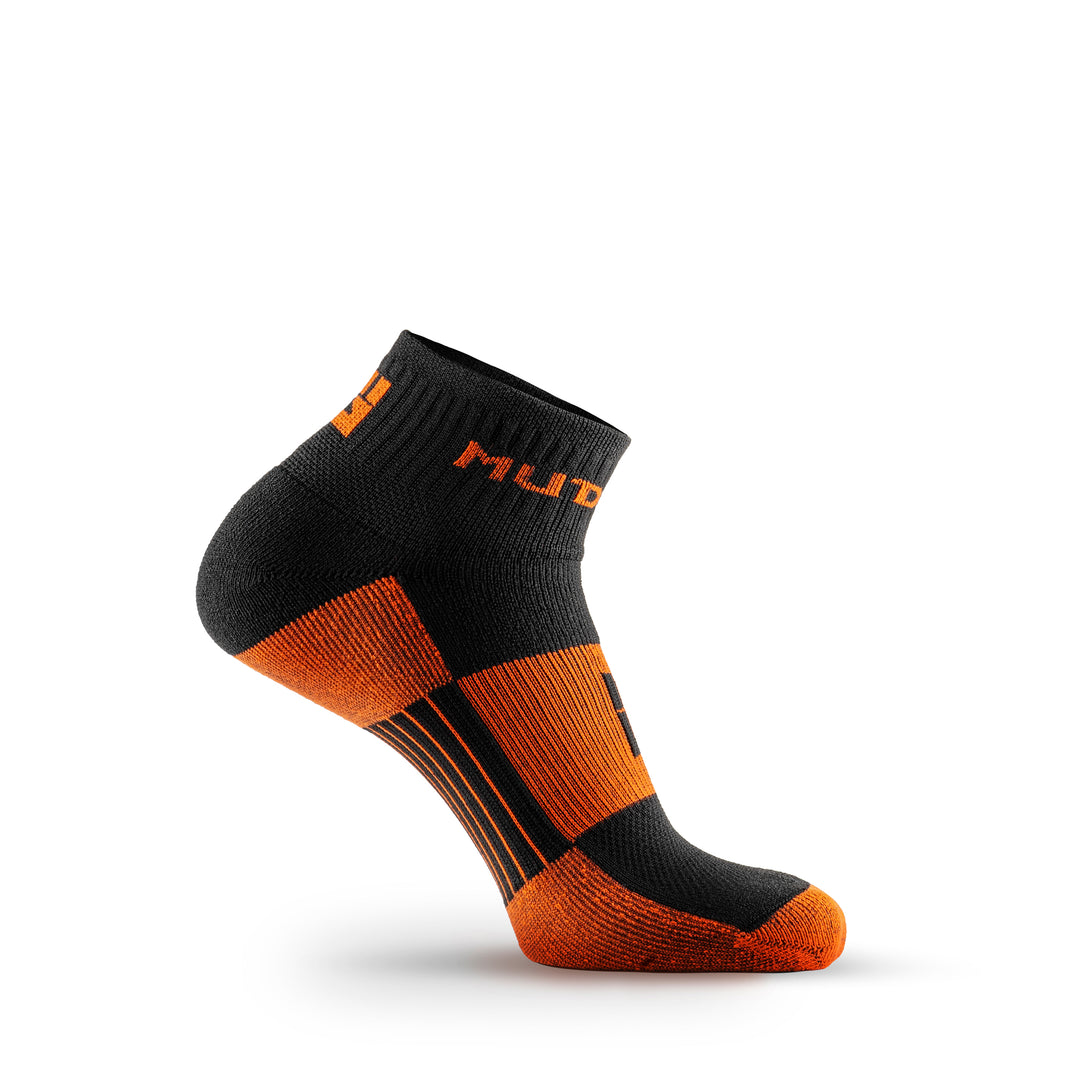
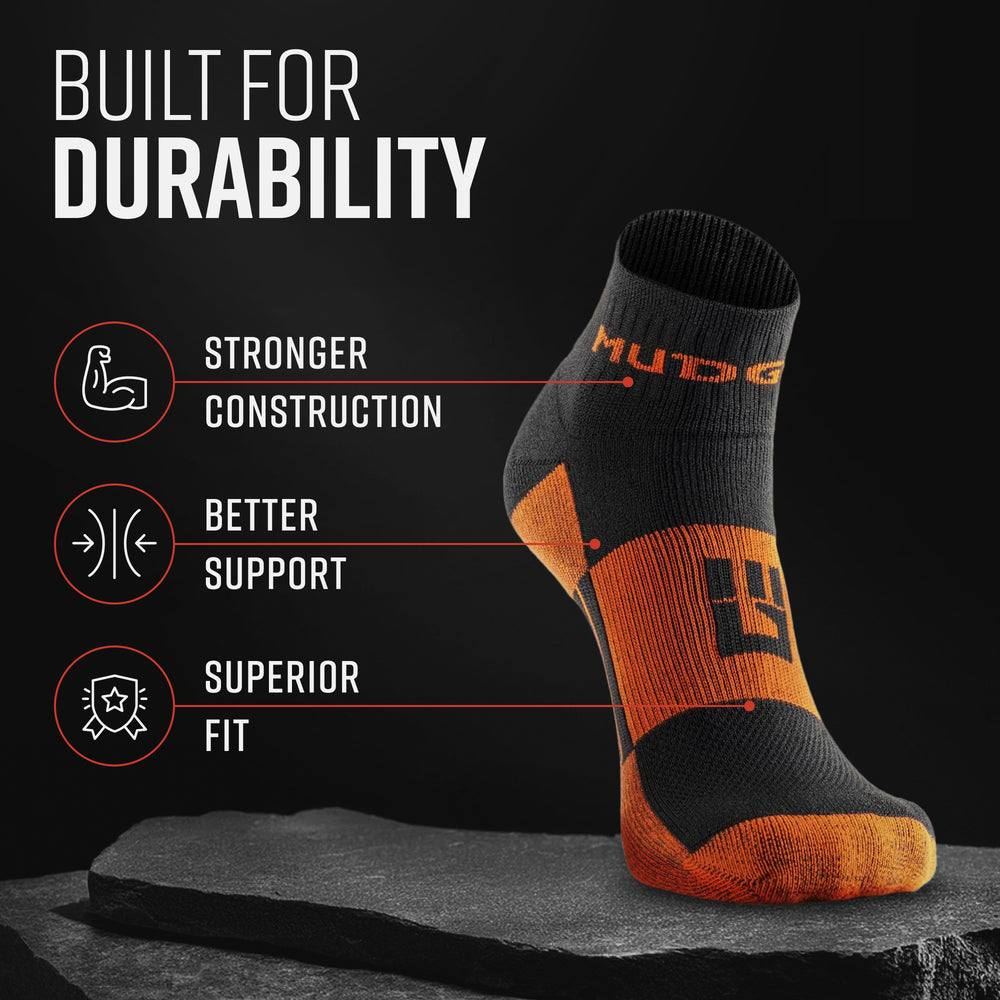


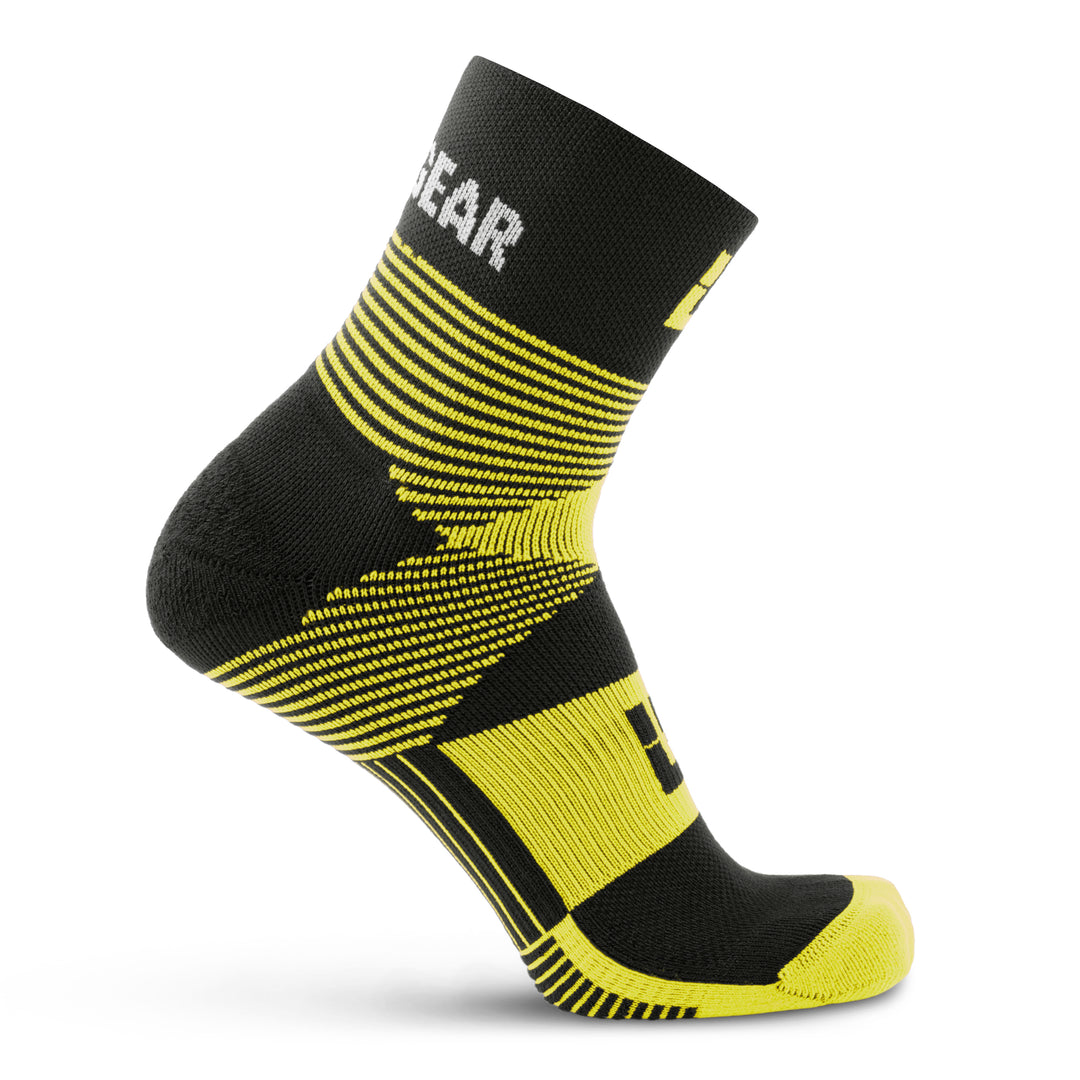
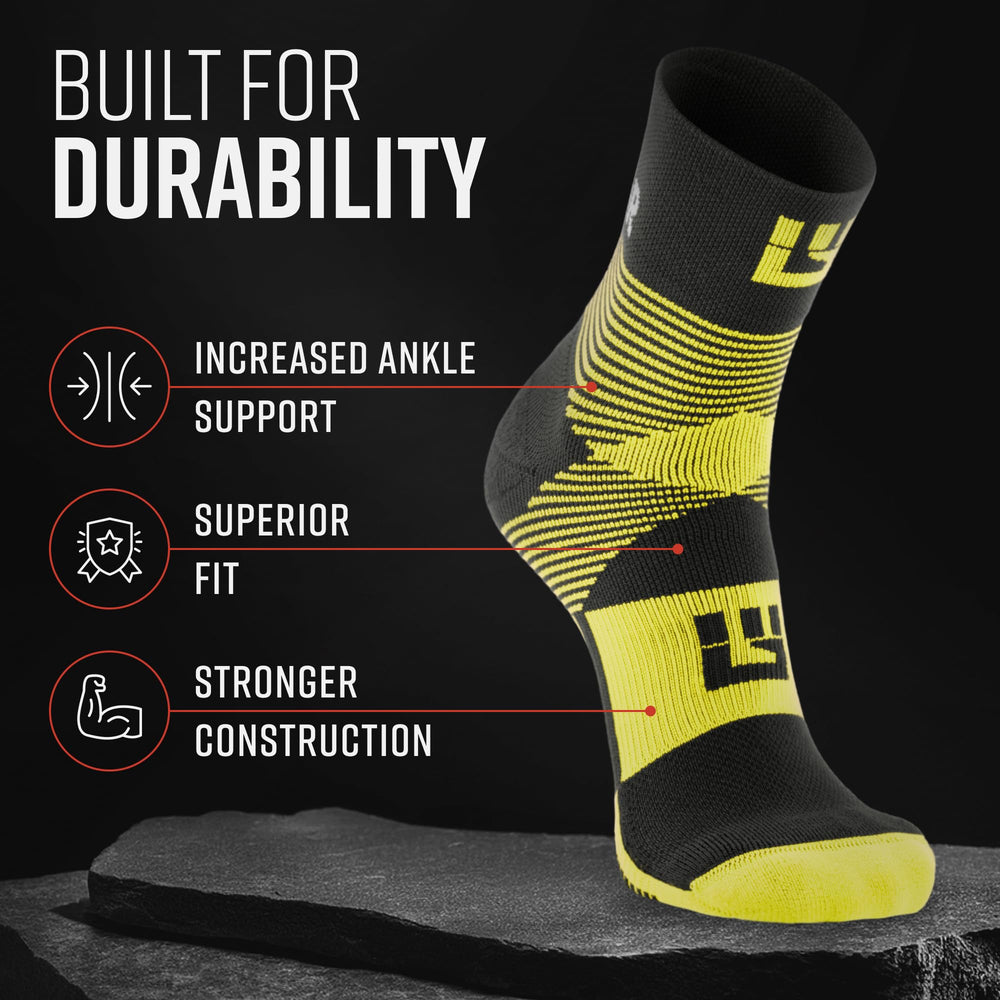

Leave a comment